Category: Level 2: 9 – 18 months
-
Snacks in a Bottle
Your Child Will Learn
Problem solving and fine motor skills
Here’s What to Do
- Let me watch you put a piece of cereal or other small snack into a small clear container with a narrow opening (like a spice bottle).
-
Saying More and More Words
Your Child Will Learn
How to add more words to their spoken vocabulary
Here’s What to Do
- Throughout the day, name lots of objects, actions, foods, and people. Give me a chance to imitate you.
- Talk out loud during everyday
-
Naming Objects
Your Child Will Learn
How to answer a question with a word they know
Here’s What to Do
- Think of a word I can say. Point to that object and ask “What’s that?”
- If I’m learning a new word, ask
-
Helping You Dress Me
Your Child Will Learn
How to be helpful when you’re getting me dressed; names of body parts and clothing items
Here’s What to Do
- Dress or undress me slowly when you’re not in a hurry. Give me opportunities for me
-
Playing with a Spoon
Your Child Will Learn
An introduction to using a spoon
Here’s What to Do
- Give me an extra spoon to hold and explore while you’re feeding me with a spoon. If I seem interested, let me put my hand on
-
Learning the Concept of One
Your Child Will Learn
That the word “one” is talking about “how many” items there are (one!)
Here’s What to Do
- Throughout the day, point out when there’s one of something.
- Play a quick body part game, talking about which
-
Learning to Unwrap a Toy
Your Child Will Learn
Fine motor skills (grasping objects and coordinating both hands together)
Here’s What to Do
- While I watch you, place a toy in a piece of waxed paper, newspaper, wrapping paper, or paper bag
- While I watch,
-
Hugging a Teddy Bear
Your Child Will Learn
That toys and objects have a function or purpose
Here’s What to Do
- Introduce new toys or household objects and encourage me to use them for their intended purpose. Examples:
- Toys like stuffed animals, toy phones,
- Introduce new toys or household objects and encourage me to use them for their intended purpose. Examples:
-
Keeping Safe When I Explore
Your Child Will Learn
What is safe to explore in their home
Here’s What to Do
- In rooms where I spend a lot of time, designate a low drawer or shelf as “mine.” Put a sticker or a picture of
-
Pointing to Communicate
Your Child Will Learn
That pointing is a good way to communicate
Here’s What to Do
- Play a pointing game with me. Ask me where a nearby object is, then pause and see if I’ll point to it. If I
